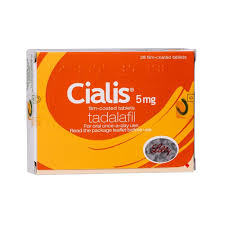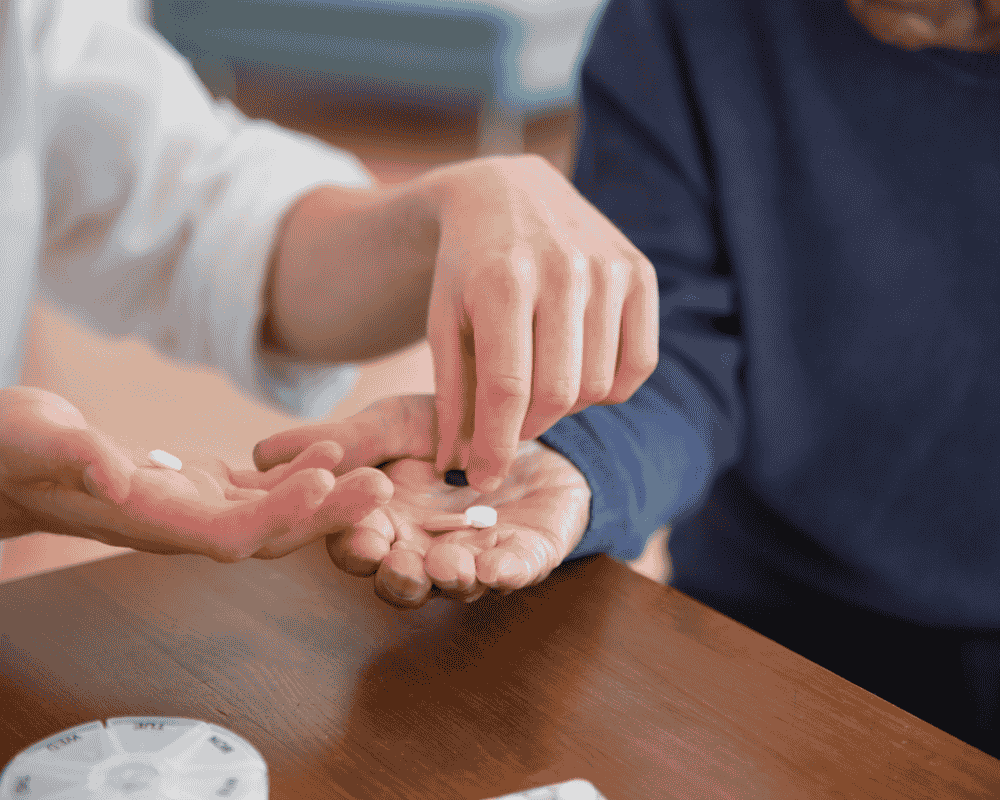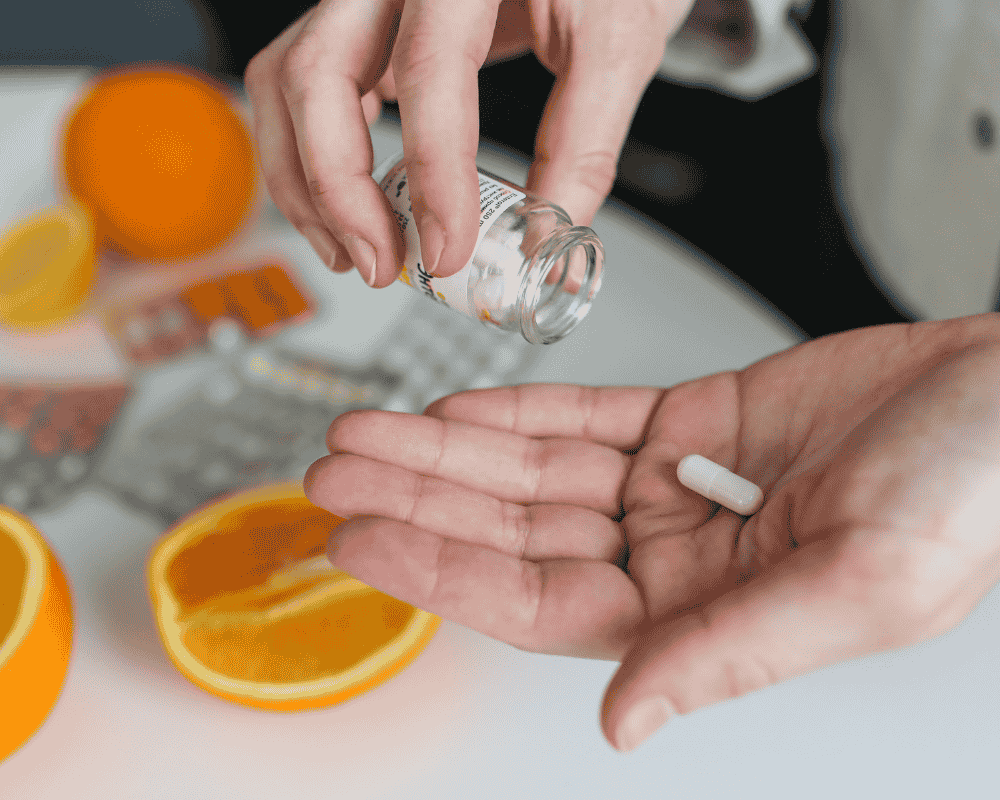What is tadalafil used for?

Strong 8k brings an ultra-HD IPTV experience to your living room and your pocket.
Tadalafil is a prescription medication most widely recognized under the brand name Cialis. Since its FDA approval in 2003, Tadalafil has helped millions of men regain confidence by treating erectile dysfunction (ED) and managing symptoms of benign prostatic hyperplasia (BPH). Beyond these uses, research continues to explore additional benefits, making Tadalafil uses a topic of ongoing interest. This article will explain what Tadalafil is, how it works, its approved indications, dosing options, potential side effects, and practical tips for safe use.
History of Tadalafil
Developed by Eli Lilly and Company, Tadalafil joined the PDE5 inhibitor class shortly after sildenafil (Viagra). Unlike its predecessors, Tadalafil’s uniquely long half-life—about 17.5 hours—offers up to 36 hours of erectile support, earning it the nickname “the weekend pill.” Generic versions of Tadalafil have made treatment more accessible, leading to a surge in interest around Cialis dosage options and off-label applications.
How Does Tadalafil Work?
At its core, Tadalafil blocks the enzyme phosphodiesterase type 5 (PDE5) in the smooth muscle of the penis. Here’s a simple breakdown of the mechanism:
- Sexual Stimulation: Triggers release of nitric oxide (NO) in erectile tissue.
- cGMP Production: NO activates guanylate cyclase, increasing cyclic guanosine monophosphate (cGMP), which relaxes smooth muscle.
- PDE5 Inhibition: Tadalafil prevents PDE5 from breaking down cGMP.
- Sustained Erection: Elevated cGMP levels allow blood to fill the corpora cavernosa, producing a firm erection when you’re aroused.
Understanding how Tadalafil works helps explain why it’s effective for both ED and lower urinary tract symptoms of BPH.
Approved Uses: ED, BPH, and Beyond
- Erectile Dysfunction: Tadalafil’s primary indication is treating ED. Whether you choose an on-demand dose (10 mg or 20 mg) or a daily low-dose regimen (2.5 mg or 5 mg), Tadalafil improves the ability to achieve and maintain erections in response to sexual stimulation.
- Benign Prostatic Hyperplasi: lower doses, Tadalafil relaxes smooth muscle in the prostate and bladder neck, easing BPH symptoms such as urinary frequency, urgency, and weak stream. Many men appreciate the convenience of one medication addressing both ED and BPH.
- Pulmonary Arterial Hypertension: Under the brand name Adcirca, Tadalafil 40 mg daily treats pulmonary arterial hypertension (PAH) by relaxing blood vessels in the lungs, reducing blood-pressure resistance, and improving exercise capacity.
Onset, Duration, and Dosing of tadalafil
- Onset of Action: Most men notice effects within 30–60 minutes of an on-demand dose.
- Peak Levels: Blood concentrations peak around 2 hours post-dose, offering the strongest Cialis benefits.
- Duration: Effective support can last up to 36 hours, giving a wide window for spontaneity.
- Half-Life: At about 17.5 hours, Tadalafil remains detectable and active for days after a single dose.
On-Demand vs. Daily Use
- On-Demand (10 mg or 20 mg): Ideal for less frequent activity, taken 30–60 minutes before intimacy.
- Daily (2.5 mg or 5 mg): A set-it-and-forget-it approach that maintains steady blood levels for spontaneous encounters.
Discussing Tadalafil dosage with your doctor ensures you choose the right regimen.
Common Side Effects
Like all medications, Tadalafil can cause side effects. The most reported include:
- Headache (from vasodilation)
- Back pain and muscle aches (mild, usually 12–24 hours post-dose)
- Indigestion or heartburn (due to smooth-muscle relaxation in the stomach)
- Flushing of the face and neck
- Nasal congestion or runny nose
These effects are generally mild and transient. If they persist or worsen, it’s wise to consult your healthcare provider about adjusting your Cialis 10 mg or 20 mg dose.
Serious Risks and Precautions
Although rare, serious adverse events can occur:
- Priapism: An erection lasting more than four hours requires immediate medical attention.
- Sudden Vision or Hearing Loss: A possible sign of non-arteritic anterior ischemic optic neuropathy (NAION).
- Cardiovascular Events: Men with unstable heart conditions or those using nitrates should avoid Tadalafil due to the risk of severe hypotension.
Always share your full medical history—especially heart disease, low blood pressure, or concurrent medications like nitrates or alpha-blockers—to prevent dangerous Tadalafil drug interactions.
Lifestyle Factors and Tadalafil Efficacy
Optimizing lifestyle can amplify Tadalafil’s effectiveness:
- Healthy Diet: Emphasize fruits, vegetables, lean proteins, and whole grains to support vascular health.
- Regular Exercise: Cardio and pelvic-floor workouts boost circulation and erectile function.
- Stress Management: Techniques such as mindfulness, yoga, or deep breathing reduce cortisol, which can impair erections.
- Adequate Sleep: Poor sleep disrupts testosterone production and can worsen ED.
Integrating these habits enhances both erectile performance and overall well-being.
Conclusion
Tadalafil is a versatile, long-acting PDE5 inhibitor that revolutionized ED treatment and expanded into BPH and PAH care. By understanding what Tadalafil is, how it works, and what to expect—from peak effect to possible side effects—you can make informed decisions about your sexual and urinary health. Remember, the right Cialis dosage, combined with healthy lifestyle habits and open communication with your doctor, will help you enjoy a more confident, spontaneous, and satisfying intimate life.
Note: IndiBlogHub features both user-submitted and editorial content. We do not verify third-party contributions. Read our Disclaimer and Privacy Policyfor details.







